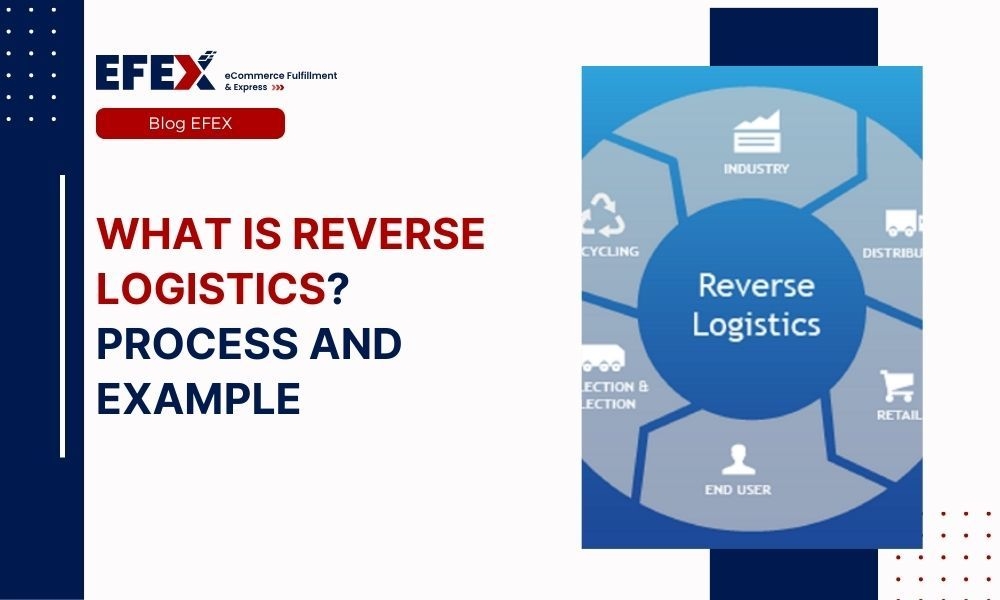
More Helpful Content
Reverse logistics is often thought of as merely handling returns. Further than just defining reverse logistics, it's crucial to comprehend its history, advantages, and reasons for increasing usage, particularly in the aftermarket sectors. Reverse logistics are getting complicated at the same time. Then what is reverse logistics?
In this post, we'll discuss the meaning of reverse logistics, the core components, major current problems, and hidden expenses. The benefits and future innovations and modifications that may be made to reverse logistics procedures are without dispute. Let’s get going with the reverse logistics definition!
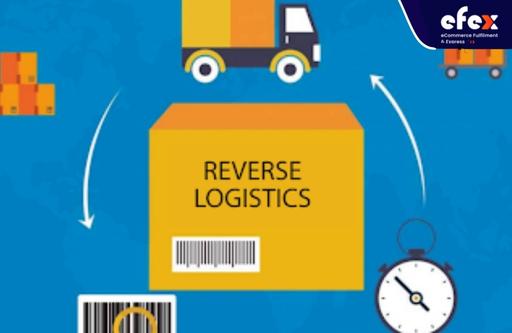
Tracking the life cycle for your items once they reach the final user is referred to as reverse logistics. This can cover things like potential reuses for your product, the best approach to get rid of it after usage, and any further ways your out-of-date goods can be useful. Reverse logistics starts with the customer and returns back through the distribution chain to the manufacturer or from the distributor to the manufacturer.
This can also refer to procedures where the eventual disposition of the goods, such as recycling, resale, or refurbishing is the responsibility of the end-user. The return of goods from the customer to the manufacturer is the reverse logistics that has the biggest immediate influence on supply chains.
>> Read More:
Reverse logistics involves moving items a minimum of one backward step from the typical terminus of the supply chain. Various strategies and controls may be used in this procedure. Some businesses favor outsourcing this task. Purchasing leftover products and resources as well as managing returns are part of the reverse logistics process. Any leases or renovations must also be handled by the procedure.
The management of reverse logistics varies between businesses, and there are various financial incentives for doing so.
For instance, the reverse logistics procedure in the beverage market makes use of empty tap bottles. Companies that produce beverages want to reuse their containers in order to recoup their original cost. This calls for organizing cargo loads, transportation, and container cleaning.
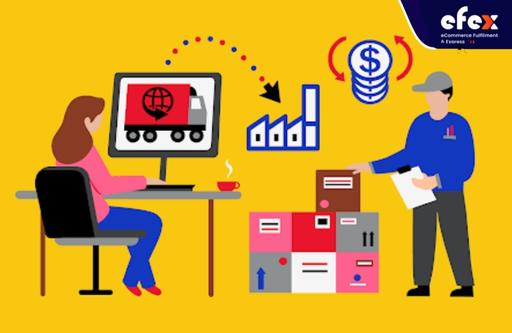
Besides, reverse logistics is used in the building industry to transport and recycle recovered materials to various destinations. Reverse logistics offers a chance to minimize costs as the building sector implements more environmentally friendly methods to cut waste.
Reverse logistics is in charge of returning pallets and packing supplies in the food business. Food deliveries that are refused must also be handled by businesses. Rejections can cause logistical problems because of delays that cause food to expire and worries about tampering. To solve these logistical issues, the Reverse Logistics Association is creating secure, fast, trustworthy, login (SQRL) codes for use on product packaging.
Reverse logistics by its definition is the process by which a retailer receives goods returned by a customer. Customers return goods for many reasons such as incorrect goods, damaged in transit, products not as advertised, etc. Reverse logistics is one of the indispensable parts in every retailer or business because the rate of customer returns is always there. That's why you should focus on figuring out how to build an efficient and sustainable reverse logistics process.
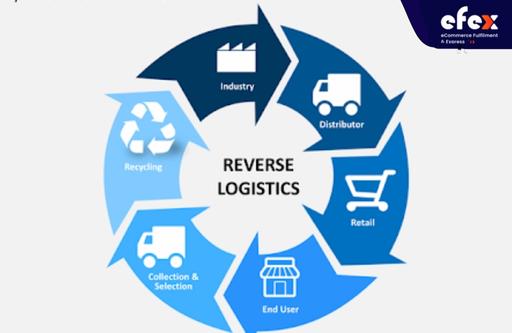
Because if you have a smooth, efficient reverse logistics process, it will bring you benefits such as:
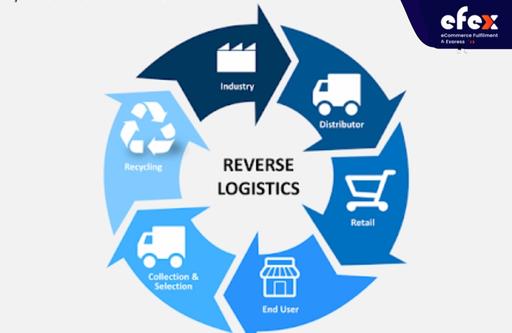
When a customer indicates they wish to return goods, the return procedure begins. This process should specify the product's status and provide a return approval. Additionally, this procedure entails planning return deliveries, issuing refunds, and exchanging defective items.
After one returned item has been delivered to your site or a central processing facility, examine it to establish the kind of return it falls under. Keep in mind that reverse logistics should be maximized if you can predict where the item has to go before arriving. Products should be sorted according to their intended use: repair, recycle, resale as new, resale as a return, scrap, or refurbish.
By delivering fixable things to the repair department, you can cut down on your daily trash.
Bring the returned product to the repair area after inspecting it and determining if it can be fixed. If feasible, sell any pieces that can be sold.
Send any goods or components that you can't repair, repurpose, or sell to the local recycling facility.
Reverse logistics components (also known as different reverse logistics types) take into consideration remanufacturing, packing, unsold items, and transportation concerns. They also concentrate on managing returns and return policies as well as procedures (RPP). Leasing, maintenance, and product retirement are some examples of reverse logistics.
Here're 9 logistics reverse components:
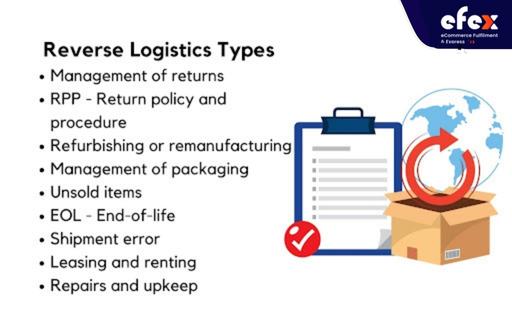
This procedure deals with consumer product returns or preventing returns from happening in the first place. These actions ought to be quick, manageable, obvious, and simple. Customers evaluate a business based on its return and exchange procedures. A re-return is when you send something back for a second time. These returns frequently result in broader return policies, like the provision of store credit.
For instance, a client may purchase a returned item on sale, bring it home, and find it to be damaged. Although the shop policy typically restricts returns, it does permit a store credit for the defective item. Re-returns can also happen when a seller refuses a return and offers the buyer their money back instead. This situation may occur with customized goods.
A company's RPP is the return policies it discloses to consumers. These guidelines must be clear and consistent. Staff should follow them as well.
Remanufacturing, refurbishment, and reconditioning are examples of another sort of managing reverse logistics. These processes involve product repairing, rebuilding, and reworking. Cannibalization of parts is the practice of businesses recovering replaceable, reusable components or resources from other goods. It entails disassembling, washing, and reassembling things to recondition them.
In order to decrease disposal and waste, this kind of reverse logistics emphasizes the reuse of packaging materials.
Returns from stores to producers are handled via reverse logistics for goods that are unsold. These return types may be the result of weak sales, outdated goods, or a delivery rejection.
An item is no longer functional or helpful when it is EOL. The item might no longer satisfy a customer's demands or might be changed out with a better, more recent model. EOL items are frequently recycled or disposed of by producers. Manufacturers and nations may face environmental difficulties as a result of these products.
Carriers return goods to sorting centers when deliveries go wrong. The items are then delivered back to the sorting facilities from whence they originally came. Although it is uncommon, certain sorting facilities may have the personnel on hand to figure out why a shipment failed, fix the issue, and resend.
Whenever a part of equipment's lease or rental agreement expires, the business that holds it may resell, recycle, or reassign it.
Customers and businesses may maintain equipment or repair it if problems occur under various product agreements. In certain circumstances, the business repairs damaged returned goods before selling them to another customer.
Businesses are altering how they deal with garbage on a global scale, and a key component of this effort is the supply chain. Examples of reverse logistics include concentrated on recycling, refunds, and swaps. People are much more likely to purchase goods from a business if they believe returns are simple, and they are back to them again if they have a positive return experience. Here are some reverse logistics examples:
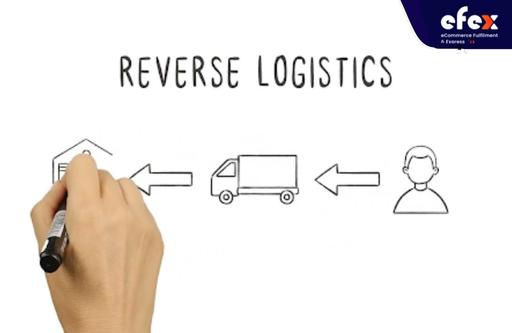
Home Depot provides assistance with reverse logistics for online orders. Online sales for the business accounted for over 15% of total revenues in 2020. Customers who want to return items can either leave them off and in or mail them back by creating a shipping label. The Home Depot reverse logistics facilities that deal with broken and misplaced products get these things next.
Reverse logistics is used by retailer Levi Strauss to increase textile sustainability. The company recycles denim or recovers as well as reprocesses denim to provide raw materials for fresh denim. In order to create rebuilt jeans at a premium range, Levi Strauss teams together with other businesses.
Another example of reverse logistics is Kohl's, a significant retailer with more than 1,000 physical locations. To collect, filter and ship back Amazon returns in one package, Kohl's collaborates with Amazon. Through this partnership, Kohl's attracts consumers who would not often visit its shops as well as those who like to return items in person. A few Amazon goods are also available at Kohl's, and if they don't sell, they can just be sent back.
To address the EOL for devices, chargers, and boxes, Microsoft has a significant global program. It provides a program for refurbishing and recycling desktop computers, and all of its product packagings is recyclable.
Reverse logistics is another strategy used by certain major businesses to combat wastage. Unilever, Proctor & Gamble, and PepsiCo are switching to recyclable packaging which buyers may return. These firms will clean the bottles and reuse them. They are also modernizing their mode of transportation as well as logistics, and they will pick up the package as they deliver goods.
Moreover, some businesses including GE Healthcare and Cisco are experts at fixing, refurbishing, and reprocessing customers' damaged or outdated products. Cisco reproduces products including phones, switches, and routers. Ultrasound machines and imaging equipment are also remanufactured by GE Healthcare.
The final example comes from several businesses which offer surplus commodities to the secondary market through channels including factory shops, discount, and off-price retailers, and online marketplace sites. These overstock products are purchased by retailers like TJX Companies who then offer them to customers at a discount.
While many businesses regard the return process as an unavoidable burden, those that establish a successful reverse logistics strategy can profit in a number of ways. Among these advantages are:
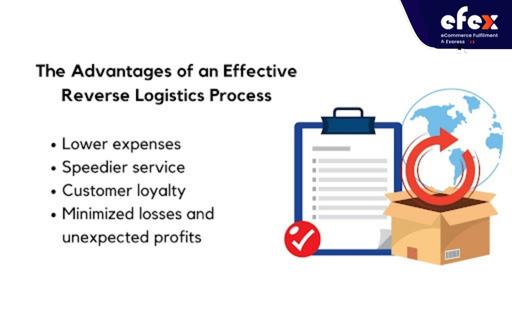
By preparing in advance for returns and completing the return order properly, you may save related expenses (management, delivery, transport, technical support, testing, etc)
This applies to the initial shipment of the items as well as their return and subsequent refund. Restoring a customer's trust in a brand can be accomplished by promptly reimbursing or replacing damaged items.
Just as crucial as generating revenue is handling mistakes. You must set things right if a consumer has a negative experience with your goods. Mistakes in fulfillment might lead to educational possibilities. You will find out how to keep clients satisfied and interested in your business even after you've got it wrong.
By repairing and refilling the product, dismantling it for components, or finding a new use for it in a secondary market, you can recoup the money you lost on the faulty product. You don't need to leave cash on the table if you have a solid reverse logistics program in place. Create a product that might otherwise only cost your business money in with an unanticipated asset.
The strain on warehouse inventory grows as a result of returns. Returns cost a significant amount of time and work, that is the reason why so many shops first refused to engage in a return policy. Therefore, a lack of investment raises the pressure on warehouses and raises the potential for data-entry mistakes. Online businesses should install a retail inventory management system for returns to avoid inventory difficulties. Here are three key points to remember:
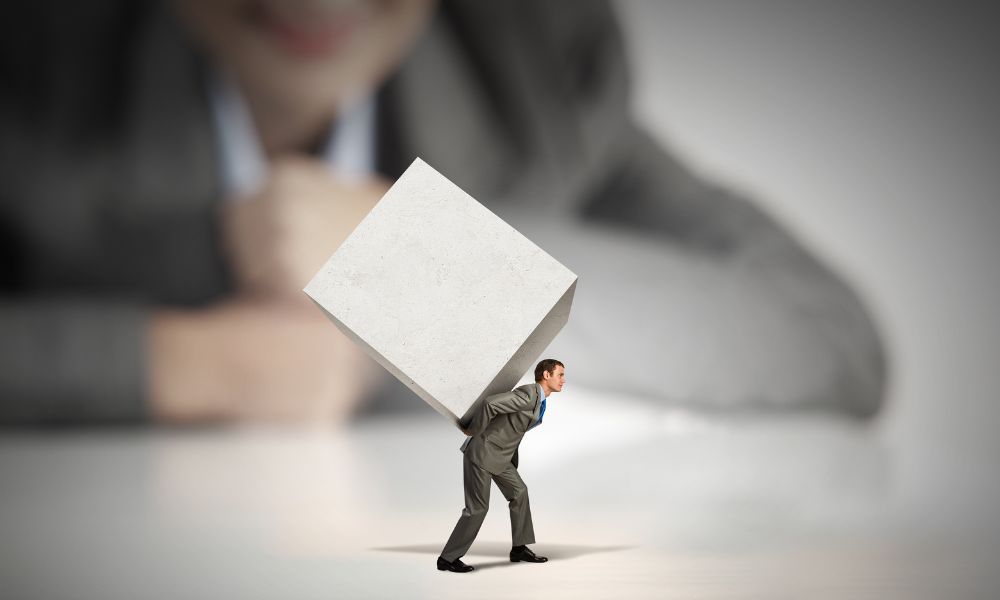
Another recurring concern is the expense of time and damage. Costs are incurred during the inspection, repair, and redelivery phases. In the past few years, the global number of product returns has increased. One in every three internet purchases is made to try and compare the goods before returning them. Businesses are unable to accurately analyze product problems as return quantities increase, and they are confronted with repackaging and redistributing charges.
According to the National Retail Federation and software solutions vendor Appriss Retail, retailers invested $369 billion in reverse logistics in 2018. These results demonstrate that well-rounded return policies, and also smart inventory management, are required to cut costs and maximize earnings.
Those who want to control trade have existed for decades as commerce has been. This is especially relevant now since unscrupulous customers will purchase products and then return incorrect or partial goods, such as game consoles whose casings are returned to the vendor filled with pebbles rather than the precious electronic components they were supplied with.
Anybody who has ever tried to send something overseas understands how hard and costly the procedure is. Businesses typically try to assist handle these challenges by delivering globally in batches. However, when it comes to reverse logistics, like customer returns, it is not quite acceptable to the buyer to postpone the delivery until the product can be coupled with others traveling to the same location.
Although reverse logistics is not a revolutionary idea, numerous e-commerce applications are relatively new to the market. Thus, there is a scarcity of well-established high-level solutions available to enterprises of all sizes.
Different nations and regions will have different rules regarding return policies for online items, making it more difficult to restrict your return policy and making it easy for people in other areas of the world to exploit your return policy.
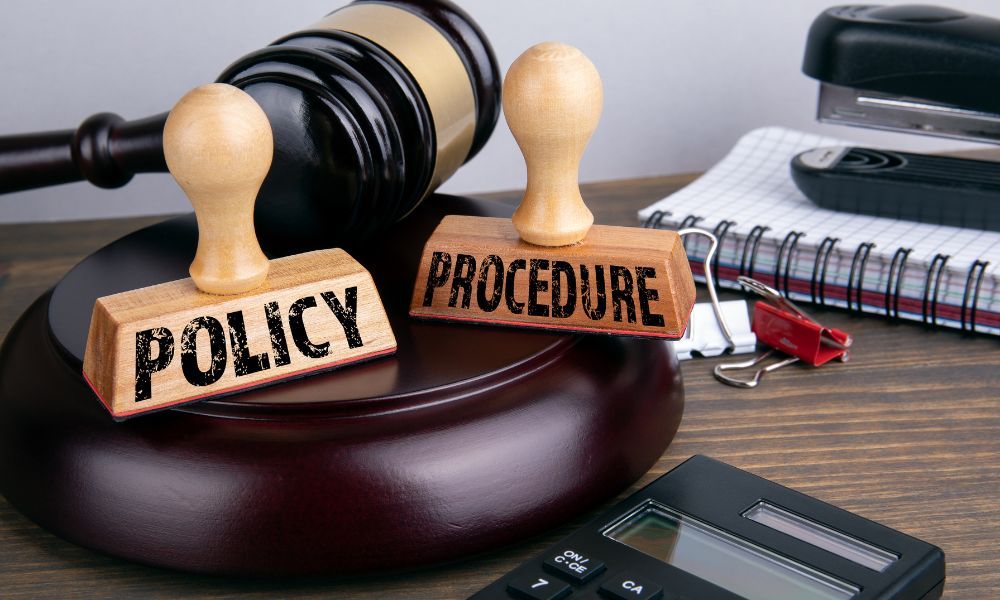
One option that some businesses are considering is a more lenient return policy, which both improves sales volume and puts a burden on reverse logistics. On the other hand, a more liberal policy has the extra benefit of being compatible with all of the numerous laws you may meet.
👉 Read More: Advantage and Disadvantage Of Reverse Logistics
Consistent solutions that take into consideration speed, productivity, and cost are required for businesses to improve reverse logistics. Think about regulations, partnerships, information, capacity, and logistics before acting. The following are the 7 tactical ways to enhance reverse logistics:
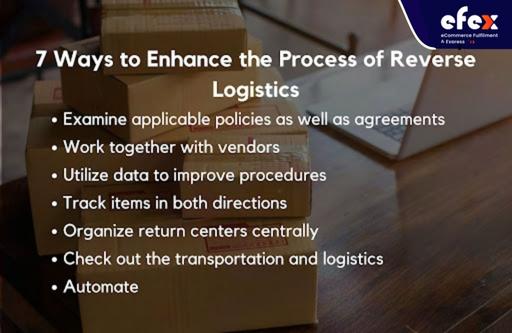
Review and update the policies governing returns and repairs at your business. These guidelines must be precise and take the main reasons for return and repair into account. A business's return and repair policies may set it apart from rivals.
Partnering closely with suppliers will guarantee that clients get a seamless, integrated experience rather than one that is difficult for them to navigate.
You can discover the potential causes of product returns by gathering data on returns. Following that, you may alter sales, product design, and forward logistics operations as necessary.
When you link raw materials to completed goods and client orders, you can track materials in the case that you need to handle recalls; rather than giving them for the entire product line, you will simply locate the problem and issue recalls selectively.
You can more effectively sort items and choose the right plan of action for each one with a centralized return center. Companies may more effectively decide how to recapture product value if they have a core. Consider allocating a part of your factory or warehouse to returns if your business lacks the capacity to operate an independent returns center.
Review the forward and reverse transport and logistics procedures on a regular basis. Analyze the viability of integrating some of these processes with transportation. You can save travel, time, and cost, for instance, if your delivery services can grab empty pallets when dropping off the full pallets.
Employ cloud-based logistics technologies to assist organize your business. For instance, a software program can manage refurbishment, monitor asset recovery, as well as offer companies intelligence analyses.
Another significant potential for supply chain improvement is provided by reverse logistics. The reverse & forward movement of items are included by supply chain management, and a spike in returns may increase supply chain expenses and reduce profitability.
The backward flow of items (such as defective goods) from suppliers back to the supply chain is known as the reverse in the supply chain. Contrary to the traditional supply chain, which moves goods from the manufacturer through the merchant to the customer, this one does not.
Businesses keep an eye on reverse logistics along the supply chain to figure out better methods to handle and get rid of things. A substantial amount of data is accessible on how commodities are transferred back and forth across the supply chain. Businesses can achieve their delivery objectives by using this information.
On-time shipment is the straightforward objective for some companies, while others strive for the "perfect order." The aim is to get a flawless score for each order in terms of location, timing, quality, package, amount, paperwork, buyer, and invoice. Just one method to guarantee perfect order is to keep an eye on the information, create metric objectives, and tweak your procedures in accordance with your results. In providing the ideal order, reverse logistics can be very crucial.
There is five important supply chain KPIs for reverse logistics that can assist boost resource recovery. At every stage of the supply chain, supply chain analytics will assist managers in formulating data-driven choices. Important supply chain metrics are:
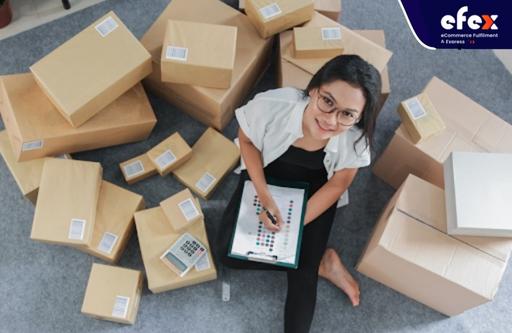
One of the most important metrics used to monitor reverse logistics is the number of goods returned and eventually resold, recycled, or reused. Utilizing these metrics, businesses can spot issues or lost opportunities and figure out where process changes can help.
Compared to the overall cost of the supply chain, the expenses associated with resale, refurbishment, reuse, and recycling. Calculate the price gap between these operations and the expense of returns. Make careful you compute the percentage of costs that were recouped for each item.
Several goods are returned in great condition for resale, and businesses can sell them again at full price. Before a business may resale certain other products, they could need some improvement. In that case, businesses should think about other methods for selling their things. For instance, businesses may use another sales channel to offer reconditioned gadgets.
To get the full worth, add up the cost of the supplies and labor. Examine the percentage of products supplied to every retail channel to see if the business is making enough money.
Every link in the supply chain has monetary worth. A greater understanding of the financial stake your organization has in each phase might result in more efficient business procedures.
Every stage of the supply chain carries the risk of mistakes, such as undelivered packages or subpar goods. Examine the expense of errors and the frequency with which they happen to find areas for improvement. The whole value chain, from sourcing materials to distributing and fulfillment, should incorporate supply chain analytics. Effective metrics result in increased revenue, improved margins, and managed capital.
👉 Read More: 3PL Cost: All Fees And Why You Need To Pay
It is important to evaluate how reverse logistics will develop in the future given the quick rise of external influences in the distribution business. Reverse logistics will probably be crucial to the sustainability of corporate structures, and the competitiveness and sustainability of supply chains as well as industries at large will undoubtedly be impacted by the efficiency of reverse logistics operations. Hope you have good time with EFEX.


